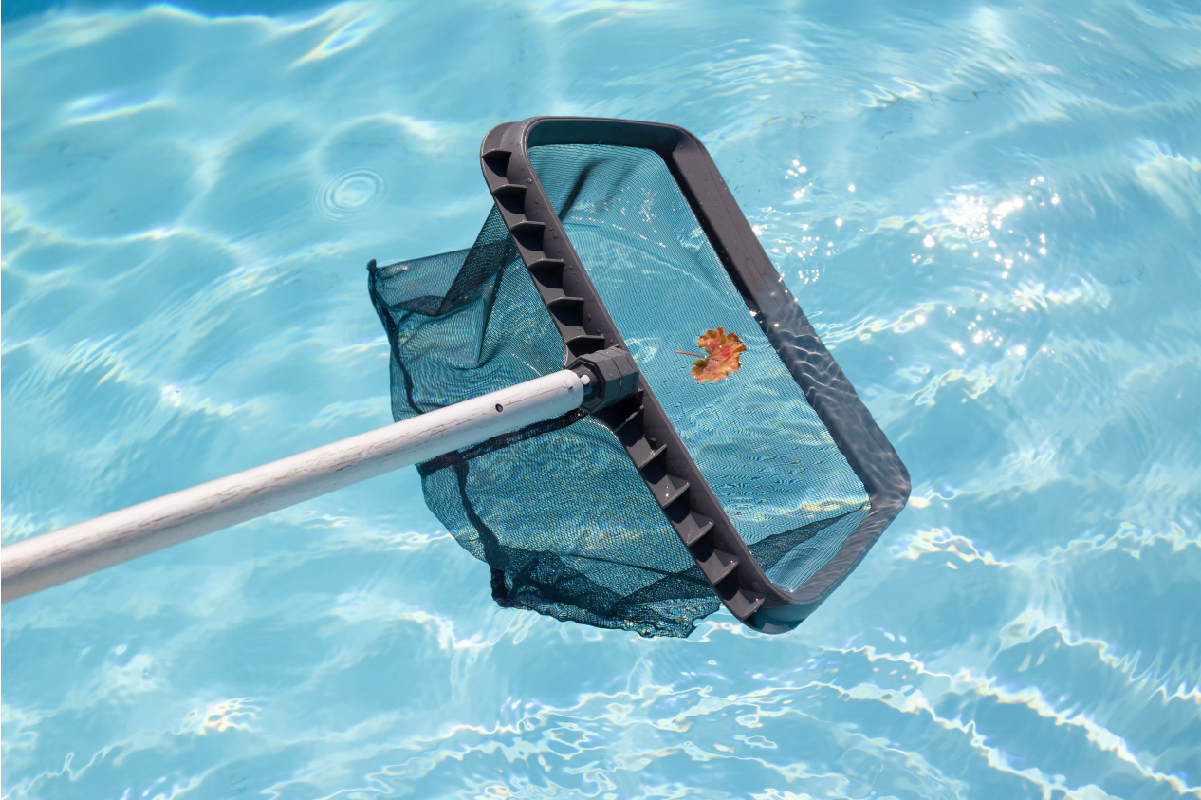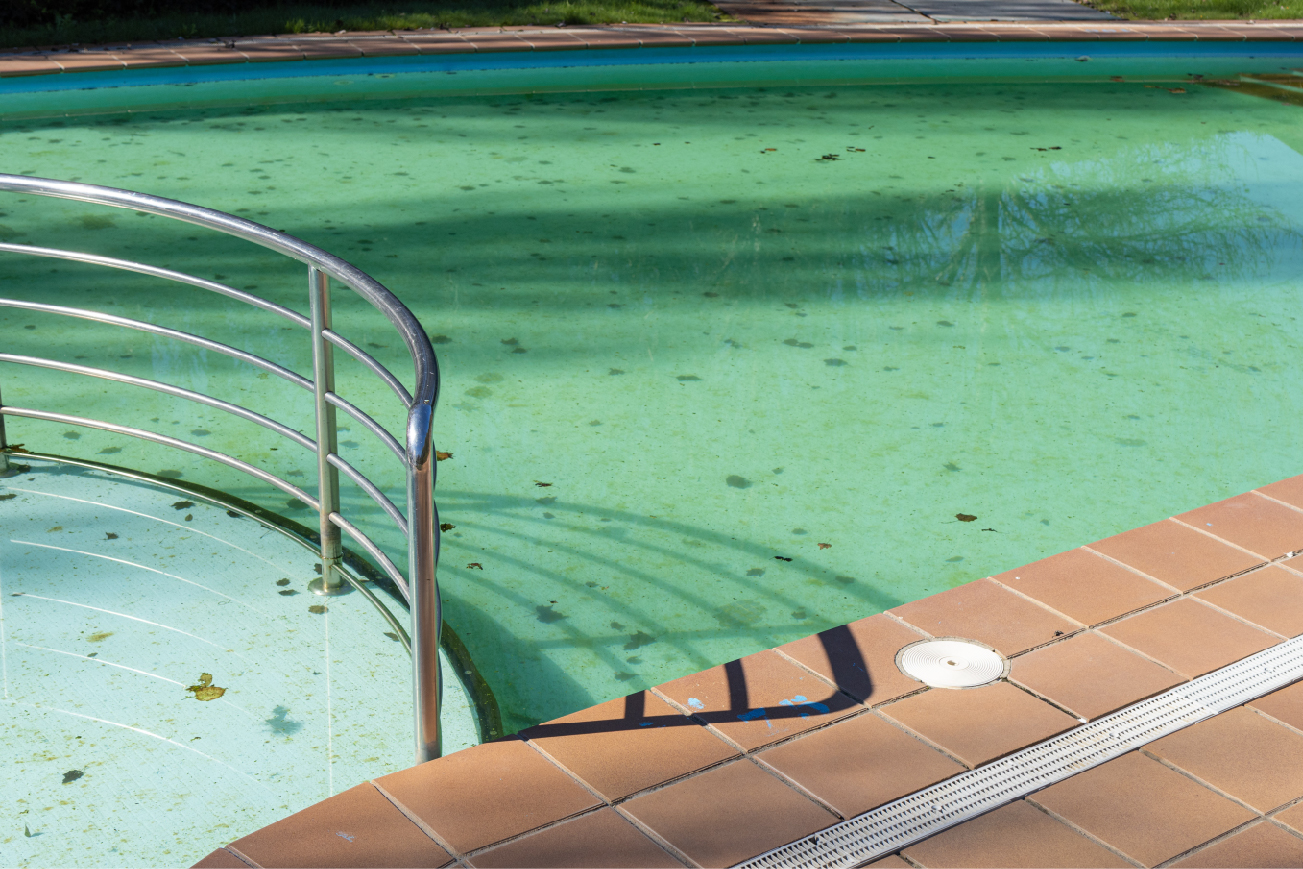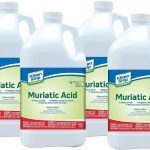
Unraveling the Mystery of Phosphates in Swimming Pools: Understanding Their Impact on Algae Growth, Chlorine Demand, and Treatment Options
Maintaining sparkling clean swimming pool water requires consistent attention to several chemical factors, one of which is phosphate levels. Phosphates can contribute to issues such as algae growth and increased chlorine demand, making their management crucial for a healthy and enjoyable swimming experience. This article will explore the role of phosphates in swimming pool water, their sources, and the chemicals needed to treat and remove them.
- What are Phosphates?
Phosphates are chemical compounds containing the element phosphorus. They occur naturally in the environment and are commonly found in soil, plants, and water sources. In swimming pools, phosphates serve as a nutrient source for algae, promoting their growth and reproduction.
- How do Phosphates Get into Pool Water?
Phosphates can enter pool water through various sources, including:
- Tap water: Many municipal water supplies contain phosphates as a byproduct of water treatment processes.
- Fertilizers: Lawn and garden fertilizers containing phosphates can inadvertently enter the pool water through runoff, rainwater, or wind.
- Organic debris: Leaves, grass clippings, and other organic debris can introduce phosphates into the pool as they decompose.
- Swimmers: Sunscreen, body lotions, and other personal care products used by swimmers can contain phosphates and contribute to their presence in pool water.
- Pool chemicals: Some pool cleaning and maintenance chemicals may contain small amounts of phosphates.
- The Impact of Phosphates on Algae Growth and Chlorine Demand
Phosphates play a significant role in promoting algae growth in swimming pools. As a primary nutrient source for algae, high phosphate levels can lead to persistent algae blooms, even when chlorine and other sanitizer levels are appropriately maintained.
This article will help you understand the different kinds of swimming pool chlorine and their pros and cons so you can make an informed decision for your pool sanitation needs.
Increased algae growth can also result in a higher chlorine demand, as the sanitizer is consumed more rapidly in an attempt to eliminate the algae. Consequently, pool owners may need to use more chlorine to maintain proper sanitizer levels, increasing the cost of pool maintenance.
- Treating and Removing Phosphates from Pool Water
To control phosphate levels and prevent algae growth, several chemicals and treatment options are available:
a. Phosphate Removers
Phosphate removers, or sequestrants, are chemicals specifically designed to bind with phosphates and remove them from pool water. These chemicals are typically formulated with lanthanum, aluminum, or other metal salts that react with phosphates, forming insoluble compounds that can be filtered out or vacuumed from the pool. Examples of phosphate removers include Natural Chemistry’s PHOSfree and SeaKlear’s Phosphate Remover.
b. Algaecides
While algaecides do not remove phosphates directly, they can help control algae growth in pools with high phosphate levels. Regular use of algaecides, in conjunction with phosphate removers, can provide an additional layer of protection against algae blooms.
- Monitoring and Maintaining Phosphate Levels
Regularly testing and monitoring phosphate levels is essential for maintaining a healthy and algae-free swimming pool. Phosphate test kits or test strips are available to measure phosphate concentrations in pool water. The ideal phosphate level for swimming pools is below 100 parts per billion (ppb). If phosphate levels exceed this threshold, consider using a phosphate remover or other treatment options to lower concentrations and prevent algae growth.
Phosphates can have a significant impact on swimming pool water quality, contributing to algae growth and increased chlorine demand. By understanding the role of phosphates, identifying their sources, and using the appropriate chemicals and treatments to maintain proper levels, pool owners can prevent algae blooms and reduce the cost of pool maintenance. Regular testing and monitoring of phosphate levels, along with maintaining overall water balance, will ensure a safe, comfortable, and enjoyable swimming environment for all pool users. By staying vigilant and addressing phosphate-related issues promptly, you can protect your investment in pool equipment and provide a clean, crystal-clear haven for swimmers to enjoy.




